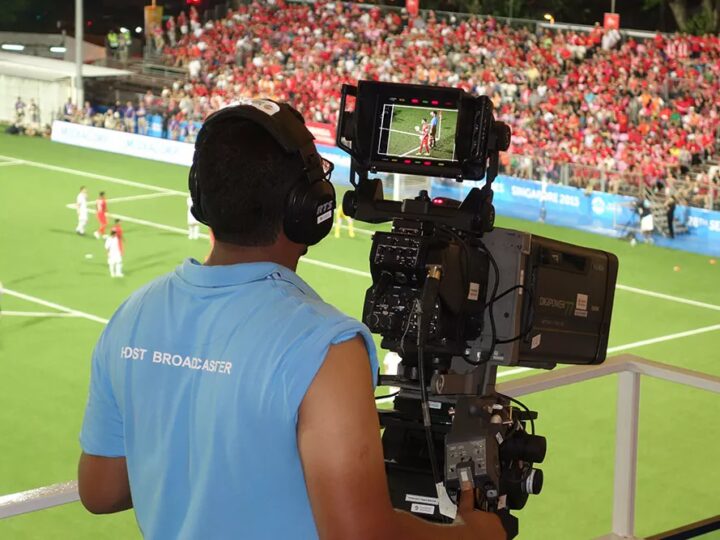The NBA has captured audiences around the world with its athleticism and intense competition. It also features iconic moments. The NBA broadcast experience, which began as simple radio broadcasts, has evolved into a cutting-edge, global spectacle, engaging millions of fans. This article will explore the evolution of NBA broadcasting from its humble origins to today’s technologically advanced, immersive experience.
Early Days: Radio Roars into Life
The NBA broadcasting history dates back to the early 1940s when radio was the main medium used to bring basketball excitement to fans. The broadcasters of those days had to describe the fast-paced game in vivid detail and rely on their skills as commentators to create a mental picture for listeners. The NBA’s popularity grew and so did the need for more sophisticated viewing options NBA중계
.
The Television Revolution
In the 1950s, NBA games were televised. This was a major turning point. This innovation enabled fans to see the athleticism and skill of their favorite athletes in real-time. In the 1960s, the introduction of color TV added a whole new dimension to viewing. It enhanced the vibrancy of the team uniforms and hardwood court. The broadcast was a shared experience that brought friends and family together to watch the game in the comfort of their homes.
The Rise of Cable and Satellite Broadcasting
Cable and satellite broadcasting changed the way NBA fans consume content. Access to a variety of channels enabled more in-depth coverage, including pre-game shows and analysis. In this era, iconic sports networks such as ESPN emerged. They provided dedicated NBA coverage and transformed basketball into an all-year spectacle.
The Digital Era: Interactive Experiences and Streaming
Internet and digital technology have brought about a revolution in NBA broadcasting. NBA League Pass and other streaming services allowed fans to view games from a variety of devices without being tied down by traditional cable subscriptions. This change not only increased the league’s reach globally but also allowed for innovative viewing experiences.
The NBA has embraced social media, allowing fans to interact with the game live through tweets, highlights, and interactive polls. Virtual and augmented realities further enhanced the viewing experience by transporting fans to virtual courtside seats, creating an immersive feeling previously unimaginable.
Advanced Analytics and Smart Technology
NBA broadcasts no longer limit themselves to the action on the court. Smart technology and advanced analytics have become an integral part of the viewing experience. Real-time stats, player tracking, and in-depth analyses give fans a better understanding of the sport, increasing their appreciation.
NBA Broadcasting Globalized
The NBA is a global phenomenon that has surpassed the borders of its own country. The NBA is now a 24/7 global phenomenon, with broadcasting deals that span continents, and an international roster of players. The NBA is a truly global phenomenon, with fans tuning in from around the globe to watch their favorite teams and players.
The conclusion of the article is:
The NBA broadcasting experience has evolved a lot since its humble radio roots. It is now a global spectacle with the latest technology. This evolution is a reflection of the technological advancements in our day, but also the commitment of the NBA to engage and entertain fans around the world. The NBA broadcasting journey will continue to evolve as we move forward, introducing innovations that redefine the way fans experience the thrilling world of professional sports. The NBA broadcast is sure to continue pushing boundaries, whether it’s with virtual reality, social media interactions, or other yet-to-be-imagined technology.









